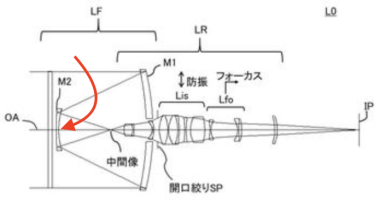Maybe I'm old-fashioned, but I want my camera or lens to record what I do see, and not what the opto-electronic engineers want me to see.
Do you see doughnut bokeh when you look at a scene? Or do software corrections removing such things actually get you closer to what you see?
I don’t know if they can or will do this, but it’s an interesting thought exercise. Lens corrections fixing optical flaws to get you closer to reality instead of the distorted view through the lens.
Upvote
0

